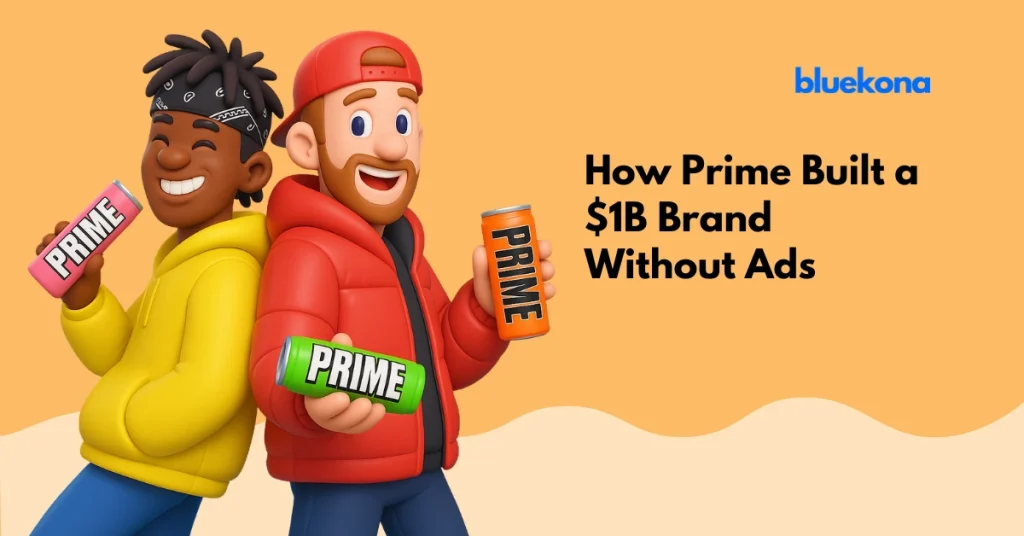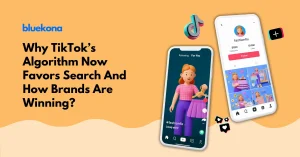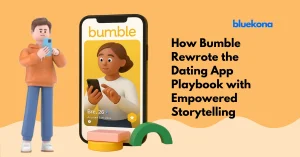
While most beverage brands were burning millions on Super Bowl ads and celebrity endorsements, Prime skipped the playbook. KSI and Logan Paul built something else entirely: a content machine that turned every drop into a cultural event, every meme into distribution fuel, and every sip into social currency.
No traditional ad budgets. No media buys. Just two creators who understood the rule most brands miss: repurposed and redistributed content beats content that’s created once and forgotten.
That’s why you’ve never seen a Prime TV commercial — but you’ve definitely seen Prime. TikTok unboxings, YouTube flavor rankings, Instagram hauls, and endless UGC clips kept the brand inescapable. That’s not accident. That’s architecture.
Prime cracked the code on content leverage — multiplying moments into touchpoints across every platform where audiences live. The result? A $1B brand powered not by ad spend, but by workflows built for scale.
Here’s how they did it — and how you can replicate the same flywheel without needing millions of followers or celebrity clout.
Most beverage brands stick to the same old routine. Churn out products, pump out ads, blast them everywhere, and just hope something resonates. But Prime decided to do things differently.
Instead of chasing after TV commercials or billboards, Logan Paul and KSI turned their launches into content events.
Today, the most valuable billboard isn’t in Times Square — it’s the TikTok “For You” page. And you can’t just buy your way onto it. You have to earn it with content that people genuinely want to share.
Prime’s brilliance wasn’t just about creating buzz — it was about creating buzz that could be captured on film. Each product drop was crafted to generate moments worth sharing, not just sales:
This cycle turned supply shortages into marketing gold — a testament to popularity that no ad campaign could replicate.
While Coke spends millions on a 30-second Super Bowl ad, Prime filled social media feeds daily with user-generated micro-ads across every platform
Every clip acted as an unpaid advertisement. Every post felt genuine because it was genuine.
The outcome? Prime skyrocketed to a billion-dollar brand with almost no ad spend — not by buying attention, but by crafting content that spread organically.
Prime’s real superpower wasn’t just creating viral content. It was multiplying it. Every launch became raw fuel for a content flywheel that spun across every platform.
A single flavor drop didn’t just launch a product — it launched a content ecosystem:
The kicker? Prime didn’t need to make this content. Fans did it for them — and every clip became free advertising that felt more authentic than any polished ad campaign.
Logan and KSI didn’t just mention Prime — they franchised it. One podcast shoutout spawned:
Every collab, every drama cycle, every mention was sliced, remixed, and re-distributed — multiplying reach across formats and platforms.
Prime knew repurposing wasn’t copy-paste. Each piece was re-optimized for the platform:
The same Prime moment looked different on every channel — but each version was engineered to win that platform’s algorithm.
This wasn’t marketing, it was momentum. Every piece of content could go viral on its own, sparking the next wave of UGC, which created the next wave of discovery. One taste-test TikTok could pull in millions of new eyeballs — who then made their own content, feeding the cycle again.
Prime didn’t just repurpose content. They built a self-sustaining content ecosystem where every post fueled the next.
Prime achieved what should have been impossible: billion-dollar brand awareness with virtually zero media spend. They cracked the code on organic distribution at paid scale — something most brands only dream of.
Remember when McDonald’s partnered with BTS and the internet exploded? Every influencer tried the meal, every platform buzzed, and McDonald’s sales spiked. That campaign cost millions in production, partnership fees, and media spend.
Prime achieved the same cultural penetration — organically.
Instead of one mega-collab, Prime generated thousands of micro-collaborations. Every creator who found a bottle became an unpaid brand partner. Every fan who hunted down a rare flavor became a walking ad. Scarcity didn’t just drive sales — it drove content.
Prime didn’t optimize for search in the traditional SEO sense. They optimized for searchable moments.
TikTok queries like:
Each query became a content funnel. One search turned into hours of bingeable Prime content — pulling in new audiences with every click.
Prime knew distribution wasn’t about posting everywhere — it was about speaking each platform’s language.
Prime’s distribution system worked like this:
Each layer multiplied reach. This wasn’t a campaign. It was a self-replicating distribution network that money couldn’t buy.
The result? Prime didn’t purchase attention. They architected a system where their audience distributed the brand for them — willingly and at scale.
Prime’s story isn’t just entertainment — it’s a masterclass in modern marketing. Here are the lessons every brand can steal, no matter your size or budget:
Prime flipped the traditional formula. Instead of:
Product → Ads → Awareness → Sales
They ran:
Content → Attention → Community → Sales.
Result? $0 ad spend → $1B+ sales. Meanwhile, legacy beverage giants burn hundreds of millions on ads and still struggle to connect with Gen Z.
Takeaway: Don’t ask “What’s our ad budget?” Ask “What’s our content strategy?” Ads interrupt; content gets consumed.
Prime’s real trick wasn’t creating more — it was multiplying every moment.
Repurposing isn’t laziness. It’s efficiency. It’s how you speak each platform’s native language while squeezing max ROI from every asset.
Action plan: Audit your process. Are you “create once, post once” — or “create once, adapt everywhere”?
Prime didn’t just post — they built a discovery ecosystem.
Omnipresence matters because your customers don’t live on one channel. If you’re only posting on LinkedIn or TikTok, you’re missing 80% of the funnel.
Prime’s biggest unlock wasn’t tactical — it was philosophical. They didn’t run campaigns; they built a community that was the campaign.
Every customer hunting for Prime became part of the story. Every fan posting their haul was unpaid marketing. Every meme, every reaction video, every Reddit thread amplified reach.
That’s the meta-lesson. You don’t need Logan Paul’s celebrity. You need Prime’s strategy — turning every customer into a content creator, and every content moment into a discovery engine.
Prime’s success feels impossible because we focus on what we don’t have: Logan Paul’s 23M YouTube subscribers, KSI’s cultural pull, their combined reach. But their real advantage wasn’t audience size — it was their content multiplication system.
Strip away the celebrity factor, and Prime’s playbook boils down to three workflows:
These aren’t celebrity superpowers. They’re workflows. And workflows can be systematized, automated, and scaled — regardless of follower count.
This is exactly what Bluekona automates:
Prime proved content-driven growth beats ad-driven growth. You don’t need millions of followers to use their strategy — just the right system. Bluekona gives you that system.
No Logan Paul required. Just better workflows.

Oct 31, 2025Anjana Devi
The landscape of TikTok has shifted dramatically and brands that are paying attention are reaping the rewards. What used to be all about viral dances and comedy sketches has quietly transformed into something much more impactful — Gen Z’s favorite search engine for finding products, tutorials, and recommendations. With a staggering 1.59 billion potential ad […]

Oct 24, 2025Anjana Devi
Back in 2014, dating apps felt like a never-ending cycle of swipe fatigue and shallow matches. Tinder was the king of the hill, and Match Group had the cash to back it up. But what they did not have? A brand that women could genuinely trust. The Differentiator: Women First Back in 2014, most dating […]